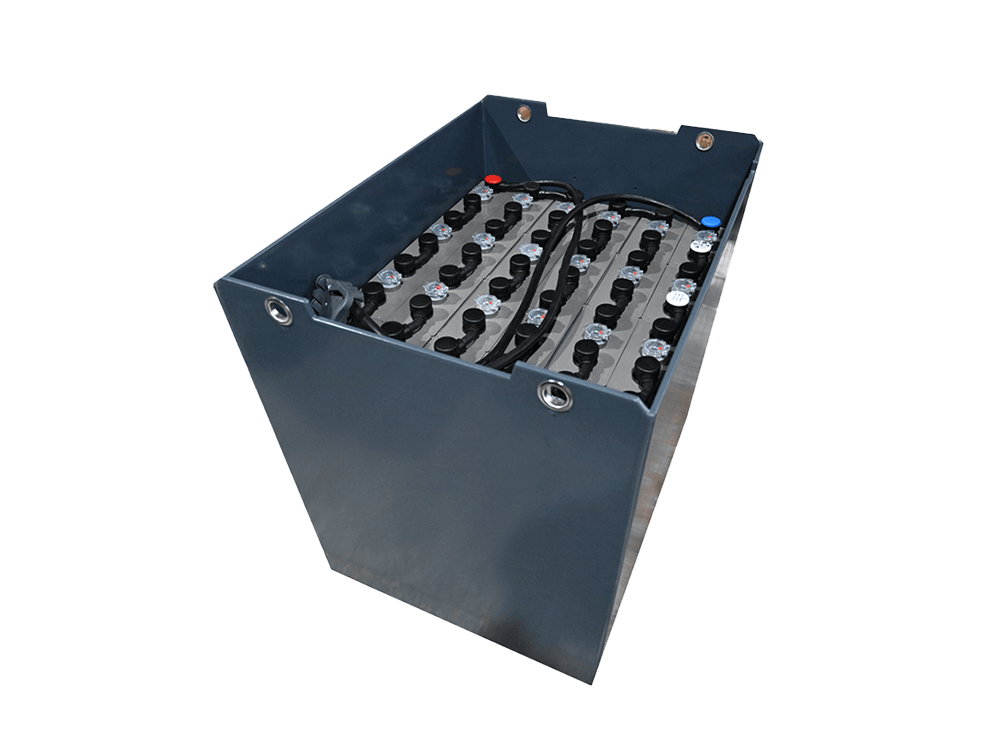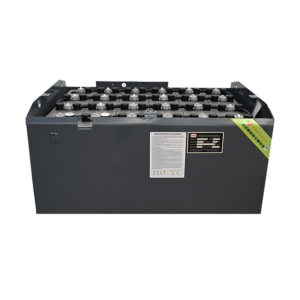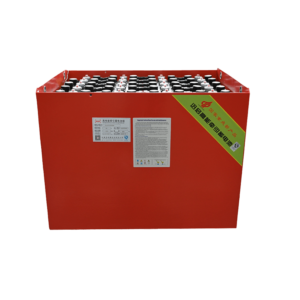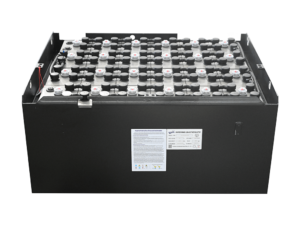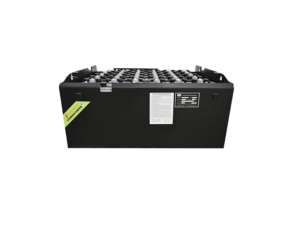Lead-acid traction batteries play a crucial role in various industries, providing reliable and efficient power for electric vehicles, forklifts, and other electrically propelled equipment. These batteries have been around for many years and have proven to be a cost-effective and reliable solution. In this article, we will explore the key aspects of lead-acid traction batteries, including their construction, working principle, advantages, and considerations for maintenance.
Table of Contents
1. Introduction to Lead-acid Traction Batteries
Lead-acid traction batteries are rechargeable energy storage devices commonly used in electric vehicles (EVs), forklifts, golf carts, and other industrial applications. These batteries are designed to provide high current for a relatively short period, making them ideal for applications that require bursts of power.
2. Construction of Lead-acid Traction Batteries
Lead-acid traction batteries consist of several key components, including:
2.1 Positive and Negative Plates
The battery consists of positive and negative plates made of lead alloys. The positive plates are coated with lead dioxide (PbO2), while the negative plates are made of sponge lead (Pb).
2.2 Electrolyte
Lead-acid batteries use a sulfuric acid (H2SO4) electrolyte, which facilitates the chemical reactions that occur during charging and discharging.
2.3 Separator
A separator is placed between the positive and negative plates to prevent short circuits while allowing the flow of ions.
2.4 Cell Container
The cell container is typically made of durable plastic and holds the plates, electrolyte, and separator.
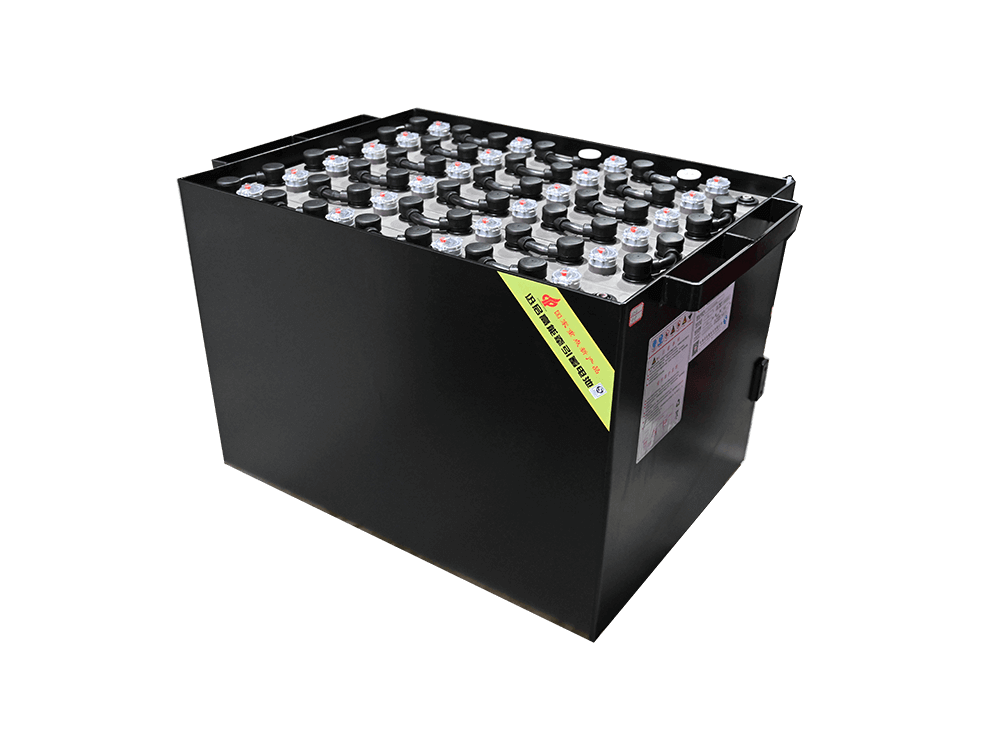
3. Working Principle of Lead-acid Traction Batteries
Lead-acid traction batteries operate based on an electrochemical reaction between the lead plates and the electrolyte. When the battery is discharged, the lead dioxide on the positive plate combines with the sulfuric acid, resulting in lead sulfate (PbSO4) and water. During charging, the process is reversed, converting the lead sulfate back into lead dioxide and sulfuric acid.
4. Advantages of Lead-acid Traction Batteries
Lead-acid traction batteries offer several advantages that make them a preferred choice in various applications:
4.1 Cost-effectiveness
Lead-acid batteries are relatively inexpensive compared to other battery technologies, making them a cost-effective solution.
4.2 High Discharge Rates
These batteries can deliver high currents, making them suitable for applications that require bursts of power.
4.3 Wide Operating Temperature Range
Lead-acid batteries can operate effectively over a wide range of temperatures, making them suitable for both indoor and outdoor applications.
5. Maintenance Considerations for Lead-acid Traction Batteries
To ensure optimal performance and longevity of lead-acid traction batteries, it is important to follow proper maintenance practices. Here are some key considerations:
5.1 Regular Charging
Lead-acid batteries should be regularly charged to prevent sulfation and ensure maximum capacity.
5.2 Water Topping-up
The electrolyte levels in lead-acid batteries should be regularly checked and topped up with distilled water if necessary.
5.3 Preventing Overcharging
Overcharging can lead to excessive heat generation and damage the battery. Therefore, it is essential to use proper charging techniques and equipment.
6. Conclusion
Lead-acid traction batteries have been a reliable and cost-effective energy storage solution for electric vehicles, forklifts, and other industrial equipment. Their construction, working principle, and maintenance considerations provide valuable insights into their usage and performance. By understanding the advantages and maintenance requirements, users can maximize the lifespan and efficiency of lead-acid traction batteries.
7. FAQs
Q1. How long do lead-acid traction batteries last?
Lead-acid traction batteries can typically last between 3 to 5 years, depending on factors such as usage, maintenance, and operating conditions.
Q2. Can lead-acid traction batteries be recycled?
Yes, lead-acid traction batteries are highly recyclable. The recycling process helps recover valuable materials and prevents environmental pollution.
Q3. Can I use a lead-acid traction battery in extreme temperatures?
Lead-acid batteries can operate in a wide range of temperatures, but extreme cold or hot conditions can affect their performance. It is advisable to consult the manufacturer’s specifications for temperature limits.
Q4. How often should I check the electrolyte levels in a lead-acid battery?
Electrolyte levels should be checked regularly, ideally once a month. Distilled water should be added if the levels are low.
Q5. Are lead-acid traction batteries suitable for renewable energy storage?
Lead-acid batteries can be used for renewable energy storage but are not as efficient as some other battery technologies. They are commonly used for applications that require high burst power.
For any further assistance or information, feel free to contact:
Shanghai Zhongsheng Industrial Co., Ltd
Website: zospower.com
Phone: +86-15026665707
Email: [email protected]
